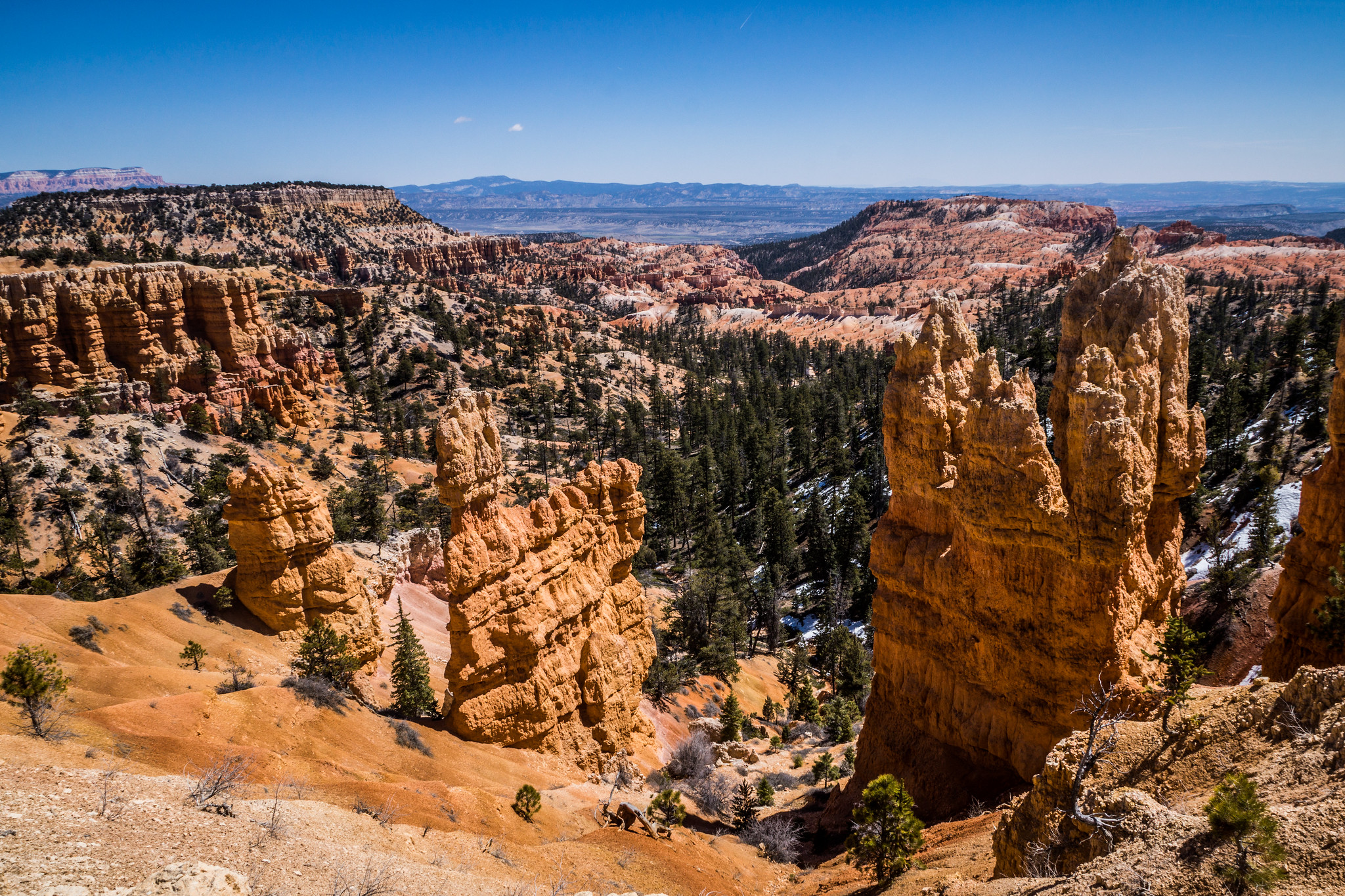
Utah – Nevada
[Note: This is a graphically heavy page, and is best viewed on a large screen. As such, it may take a few moments to fully load.]
My initial reason for coming to the Page area was to see The Wave, a remarkable rock formation in an area called Coyote Buttes. The formation of the sandstone produces a natural wave-like impression on the surface that is astonishingly beautiful.
But there was a problem. Lots of people want to visit The Wave, and the National Parks Service heavily limits the number who can. Just 20 permits are issued per day. Half of these are issued via an online lottery that you need to enter at least four months in advance. I’d easily missed the window for this since I hadn’t been a position to be making this trip that long ago.
The other ten permits are drawn each morning from those who arrive at a particular park service office. Names go into the proverbial hat, and permits are drawn. While it’s possible that relatively few people would be at the office on a Sunday morning in early April, the odds weren’t too good.
So instead, I decided to visit Antelope Canyon. While it’s arguably less impressive, it’s still quite a sight. This is a slot canyon and again it lies on Navajo Nation land. There are two parts to it – the upper and lower canyons. A variety of groups offer you tours and entry to the canyon, so I chose one of these and headed in.
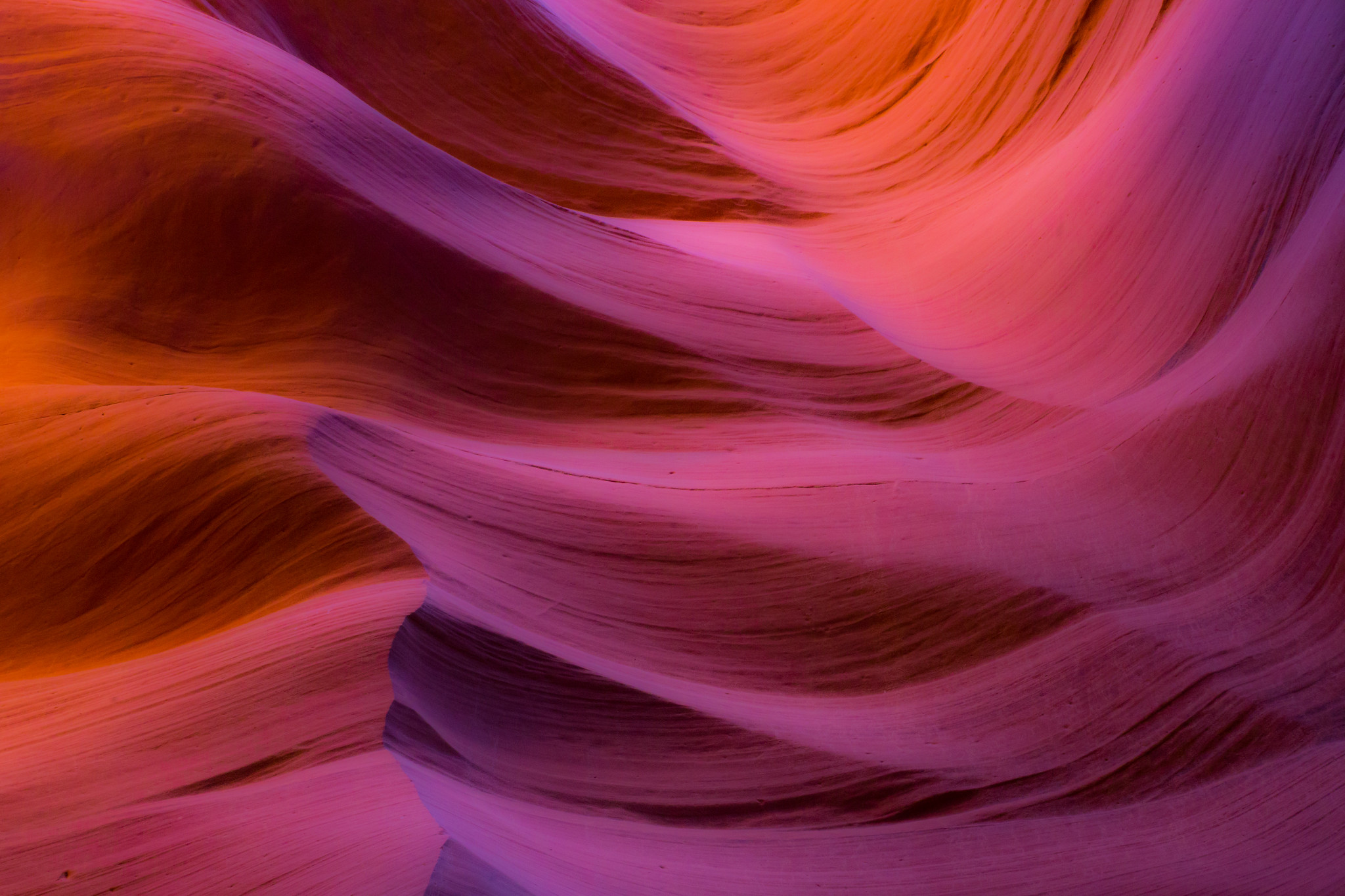
The beauty of the canyon depends on the light above, the dust and other environmental factors. I wouldn’t pretend my photos were the greatest, but it was a pleasure to visit. Oh, and somewhere on the floor lies an eyepiece to a Sony A77. I had to buy a replacement when I got home.
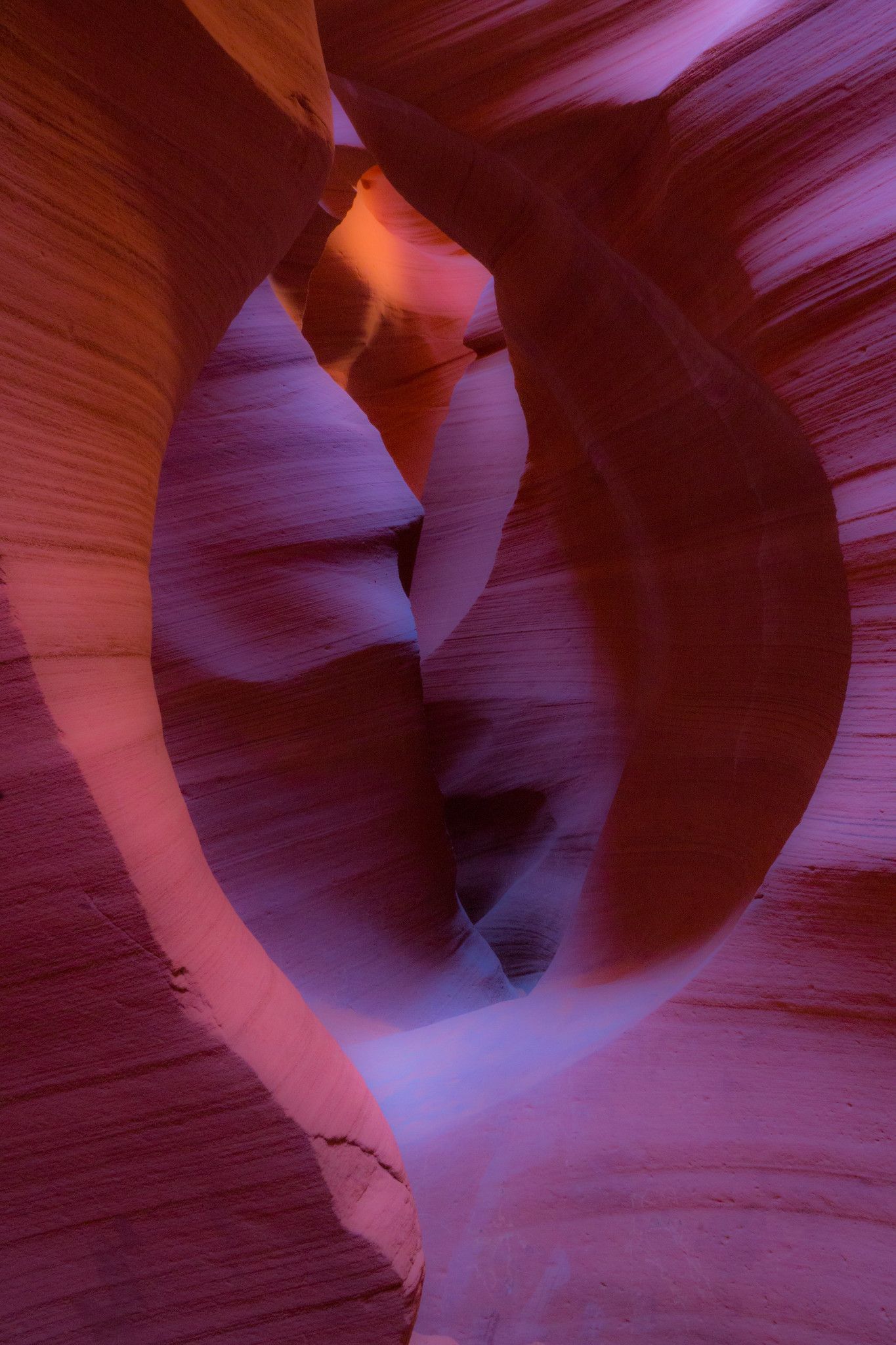
From there it was on to another unmissable view – Horseshoe Bend. Here, the Colorado River sweeps around in the shape of a horseshoe hundreds of feet below. Hiking up from the road, you can stand at the sheer cliff-face and look down on the occasional rafters as they circle below.


[justified_image_grid preset=4 lightbox=photoswipe mobile_lightbox=photoswipe flickr_user=32306155@N00 flickr_photoset=72157664387281776]
Now I was heading into Utah. A friend had suggested Bryce Canyon as an amazing place to visit. He was right – it is. Utah is not somewhere that I’d have ordinarily thought of visiting. Thinking of the State made me think of Salt Lake City and Mormons. The State still has very strict rules about alcohol – largely speaking, you can only buy it with food. But of key importance to me was the outside environment. Mile for mile, it’s probably the most picturesque place I’ve ever visited in my life.
Utah seems to actually be mostly made up of State and National Parks, and with more time, I’d have visited more of them, but I was pleased to be heading to Bryce Canyon.
From a driver’s perspective, there’s a single road in and out. You turn off the highway southwards, and then the road enters the park and heads upwards. The highest point in the park – Rainbow Point – is at 9,100 feet.
I paid my entry fee which would last me for the full trip and headed up the road to scope it out ahead of the next couple of days. The road is narrow in places and it really does feel as if you’re driving up a mountain.
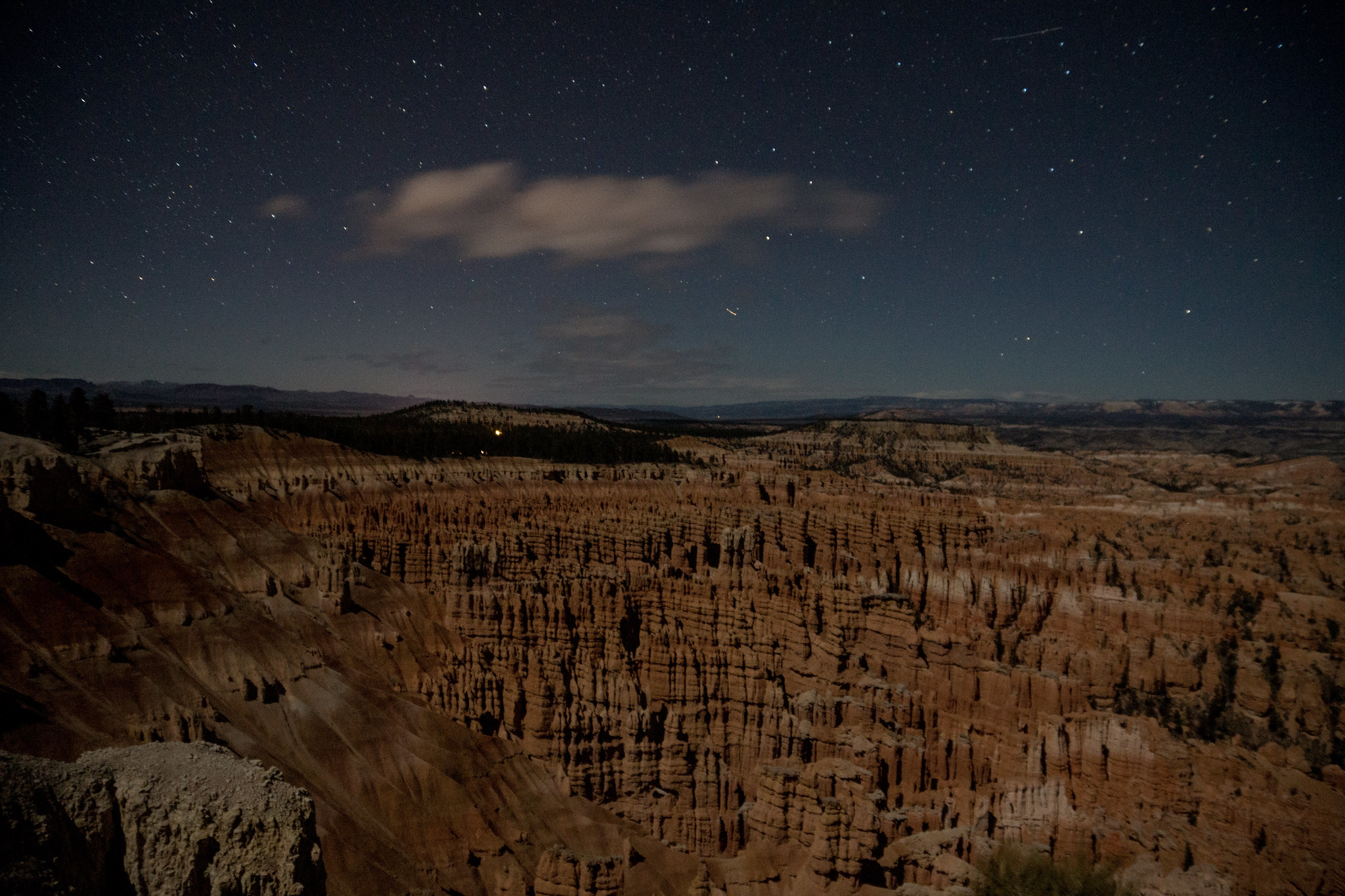
Bryce Canyon is most famous for its “hoodoos,” the tall standing pinnacles of red rock that have eroded over time into a unique shape. As I reached Rainbow Point at the end of the canyon the wind was really blowing a gale. I retreated down the mountain to Ruby’s Inn – a sprawling motel and restaurant complex where I would be staying for the next couple of days.
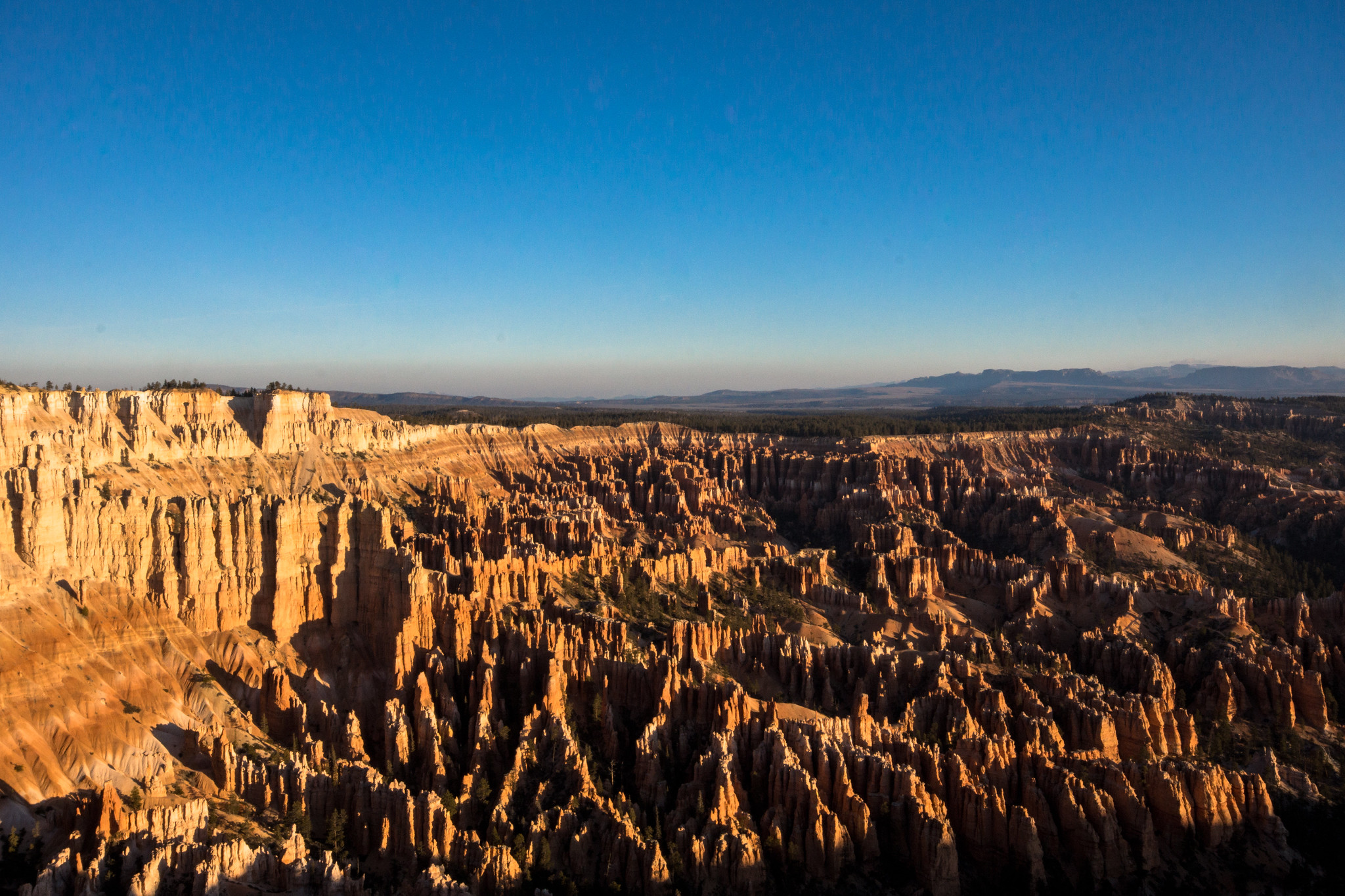
7 April
I managed to rouse myself very early from bed. It was still dark, and I was planning on catching the dawn light over the hoodoos from a vantage point further up the road.
When I got to my preferred site there was nobody else around. It was a good half an hour until dawn, and I decided to stake out a good spot for my tripod.
Slowly, other people joined me, although many were staying in their cars because it was bitterly cold. I could have really done with a pair of gloves. I was glad I still had my $5 street-vendor hat!
The sun rises over the horizon, but because the hoodoos lie in a protected valley, they only slowly get lit up themselves. It’s majestic.
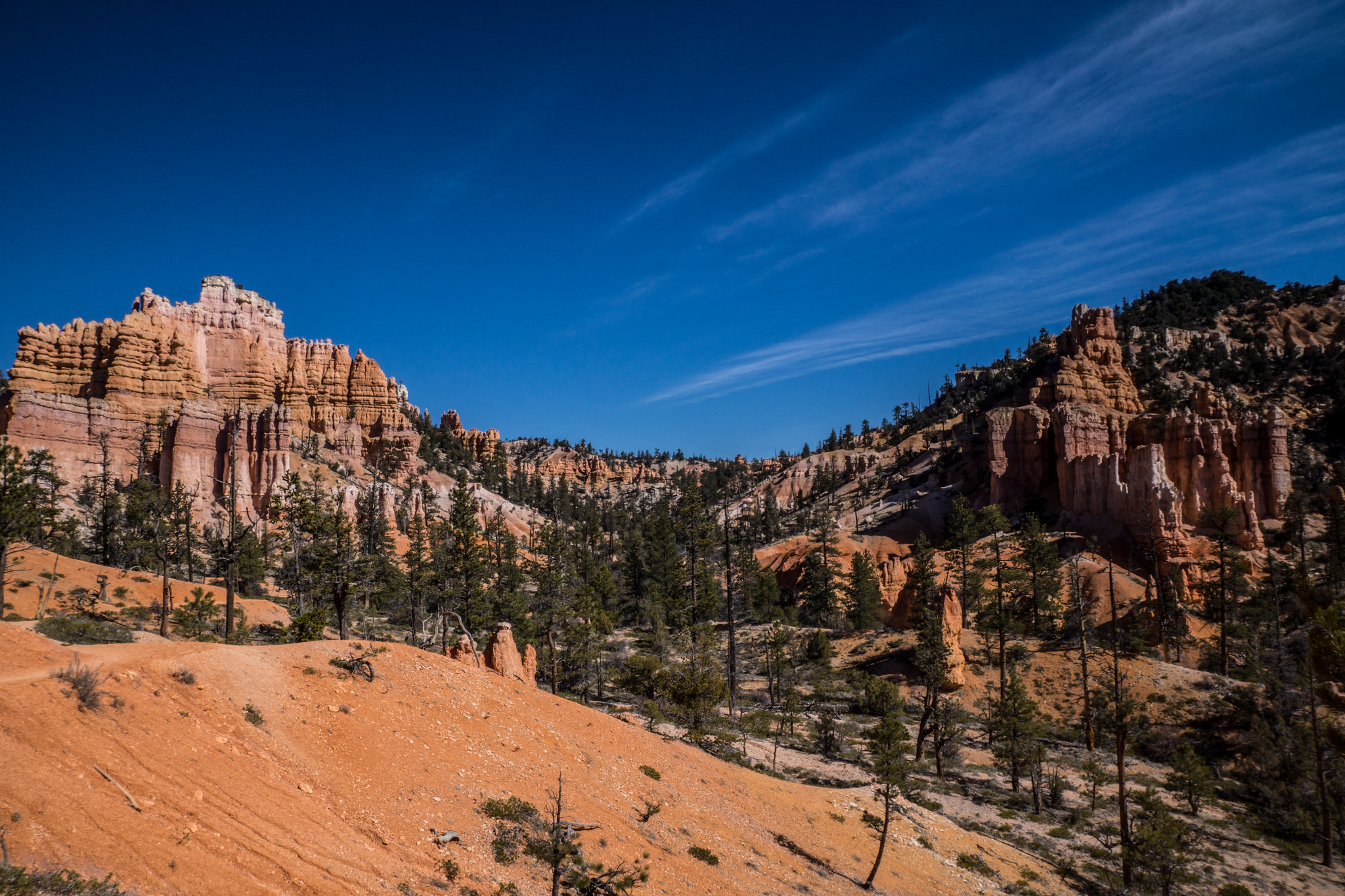
That all said, I needed the full breakfast offered by Ruby’s Inn to warm myself up. In any case, today would be a day of hiking. The National Park Service, as ever, is ready with a number of options. They categorised their walks into easy, moderate, strenuous and backcountry. I wanted something that would last most of the day. “Easy,” could quickly be discounted, and “moderate” trails were just too short. So I chose the Fairyland Trail – categorised as “strenuous.” It was 8 miles long and involved 2,300 feet (700m) of climbing.
I can thoroughly recommend this route, although it was a hotter walk than I realised. After the cold of the pre-dawn, I needn’t have carried quite as many clothes with me.
I took a lot of photos.

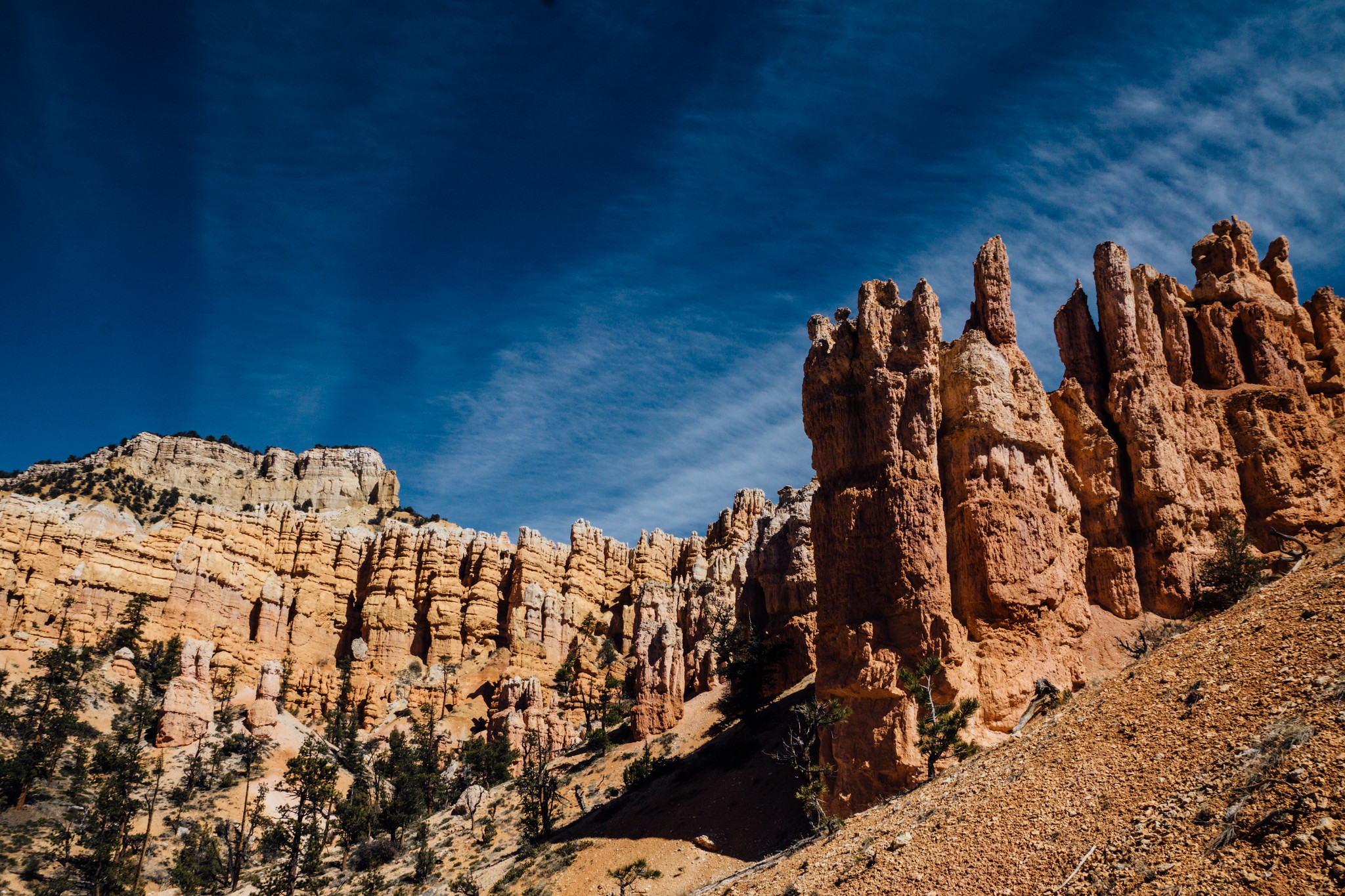
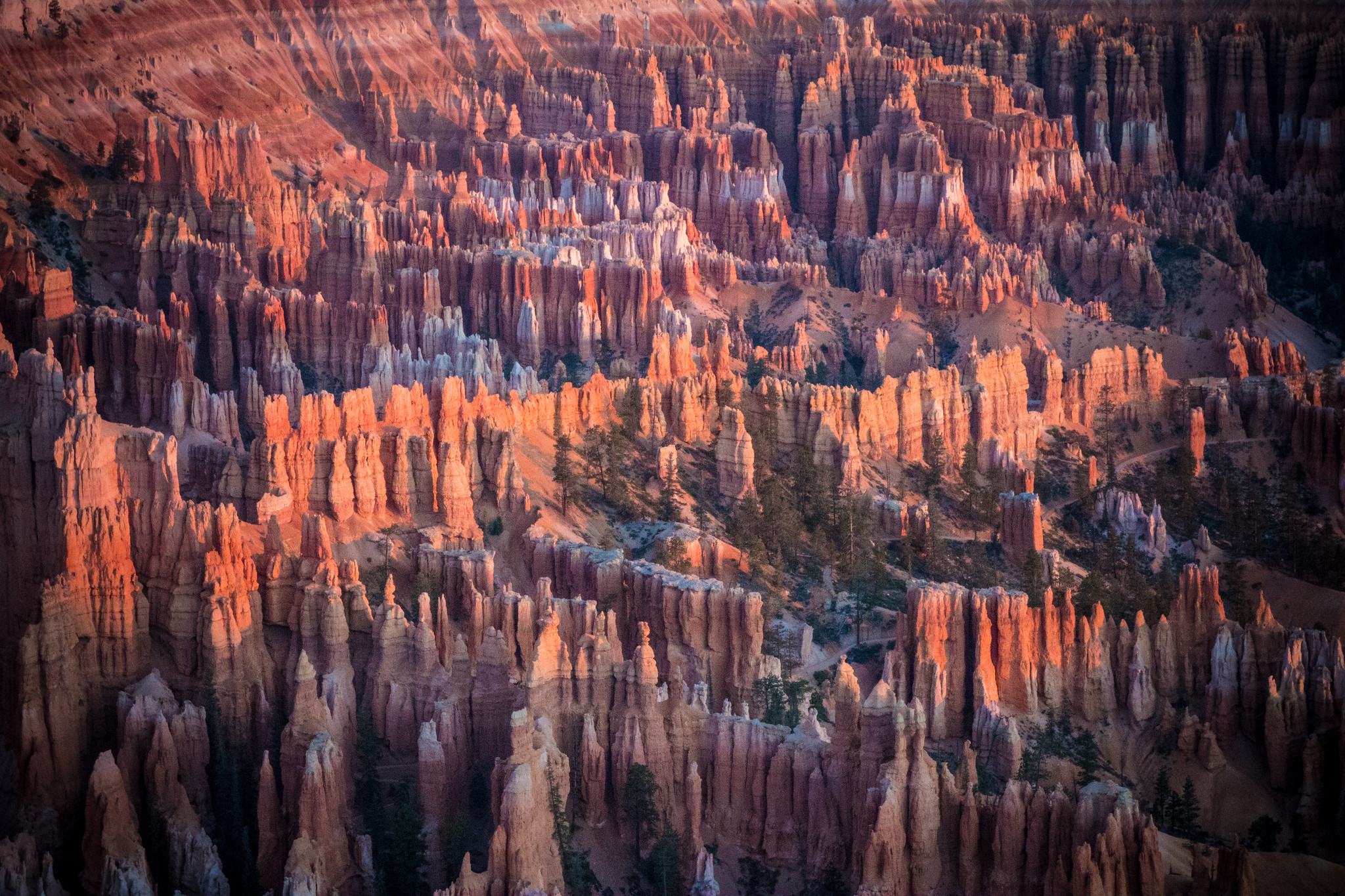
In general, Utah seems like a place to revisit. If I’d spent more time here, there were plenty of outdoor activities to do from mountain biking and rafting to horse riding. And there are many more National and State Parks to explore throughout the State. I will return.

[justified_image_grid preset=4 lightbox=photoswipe mobile_lightbox=photoswipe flickr_user=32306155@N00 flickr_photoset=72157663745557809]

8 April
There’s no getting around it. Las Vegas is not a place that I’m interested in.
I’d put it alongside Dubai in that category. If a plane had to refuel in Dubai, then I wouldn’t object to spending a couple of hours dawdling in the airport. But the idea of it being a destination is something of an anathema to me.
I was only really visiting Las Vegas because my route took me. There was no way of getting from A to B without passing through the city of sin.
Once I’d doubled back a few miles when I realised I’d left my phone under my bed in Ruby’s Inn, I hit the road properly. I had 260 miles ahead of me.
After you have cleared the beautiful rugged landscape of Utah, you hit the flat plains of Nevada. What certainly is spectacular is the way Las Vegas appears in front of you from 20 or 30 miles away as you come down from altitude. The city is basically built in the middle of the desert across a flat sprawling plain.
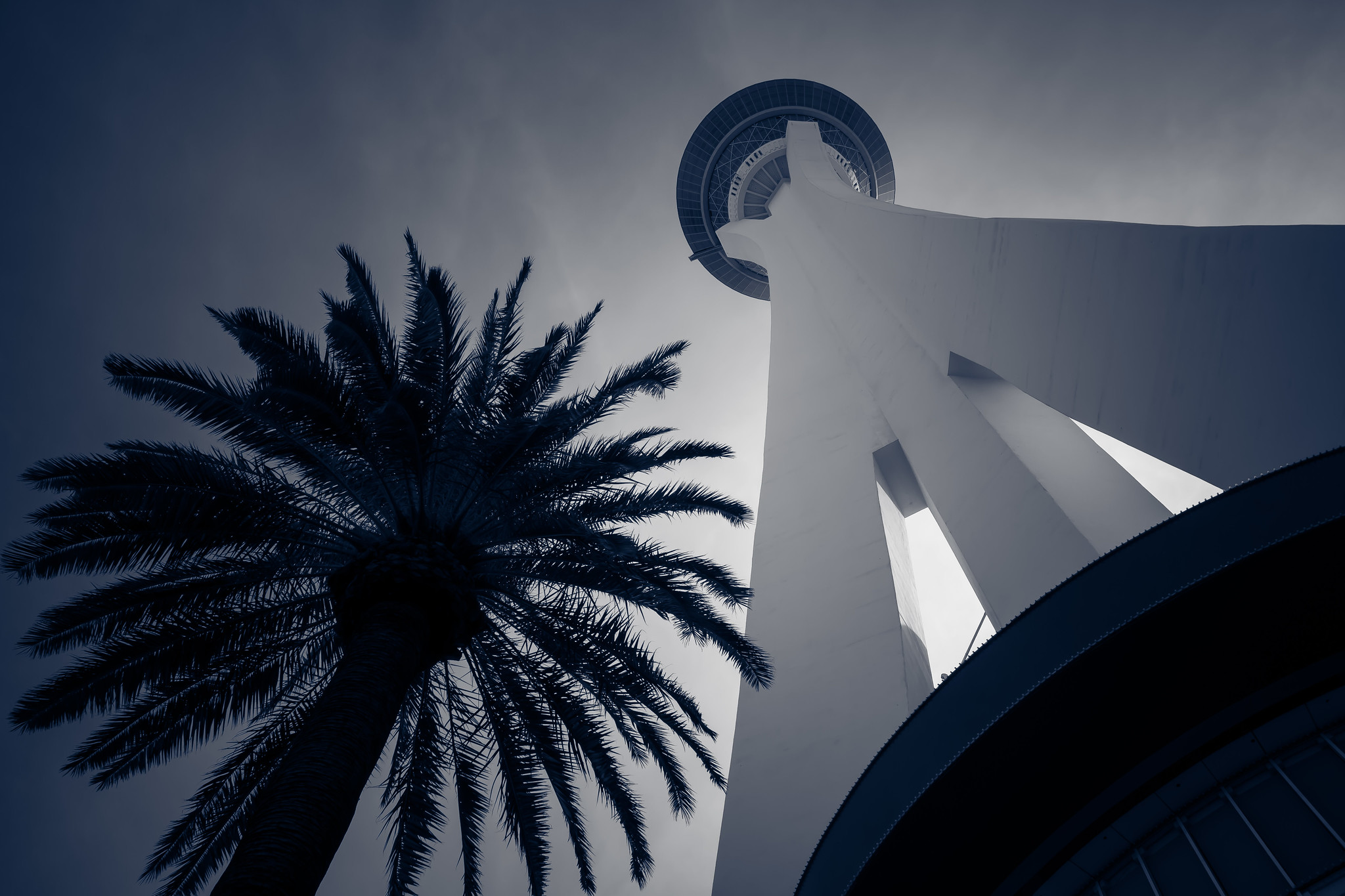
I reached the city at around midday, and knew that I needed something to do. My hotel room wouldn’t be available until 3pm, so I sought out The National Atomic Testing Museum. Yes – of all the places in Las Vegas, this was of most interest to me. I walked into the museum and was a little confused. There were two main exhibits – the aforementioned Atomic Testing part, in association with the Smithsonian, and therefore a proper museum. But there was also some kind of exhibit on Area 51 and aliens! This did not look like it had the imprimatur of the Smithsonian – basically because it looked full of cobblers.
I declined the offer to buy a ticket to both exhibits and wandered into the first room of the Atomic Testing part. Just ahead of me was a familiar face.
“James,” I called, “Good to see you!”
My friend James turned around, somewhat surprised to see me! As I was him to be honest. What are the chances?
I should rewind a little at this point. While I was reluctantly heading to Las Vegas for the night – bountiful hotel rooms being the main the attraction – I did know that the NAB Show was on in Las Vegas, a large broadcasting trade show. And that meant that one or two people I know who worked in radio were likely to be there. My plan had been to contact them that evening to see if anyone fancied getting a drink. What I hadn’t planned on was bumping into a friend in the unlikely environs of the National Museum of Atomic Testing. Las Vegas is a city of over 600,000, so the odds of just bumping into someone you know on the street are pretty low.
The museum incidentally is very good, although my friend who’d bought the inclusive ticket, said the Area 51 exhibit was rubbish.
I agreed to meet up later with him and another colleague, and headed off to my hotel. I’d booked into the Stratosphere – mainly because it had been the cheapest of the larger hotels. It was also the tallest of the hotels, housing a funfair of sorts on its roof – 1,100 feet off the ground.
As I entered the hotel from the car park, a foul stench hit me. This must be the smoking area or something, I thought. But it wasn’t. That was just how this, and all the other hotels, smelt.
For reasons almost certainly to do with parting gamblers from as much money as possible in as short a time as possible, smoking seems to still be allowed inside Nevada casinos. It’s true that this had also been the case in New Orleans which had surprised me. New York has been smoke free for years now. But somehow it was particularly foul inside this hotel – a combination of smoke, and heavy air-conditioning (it was scorching outside). Incidentally, it’s an urban myth that casinos pump oxygen into their floors.
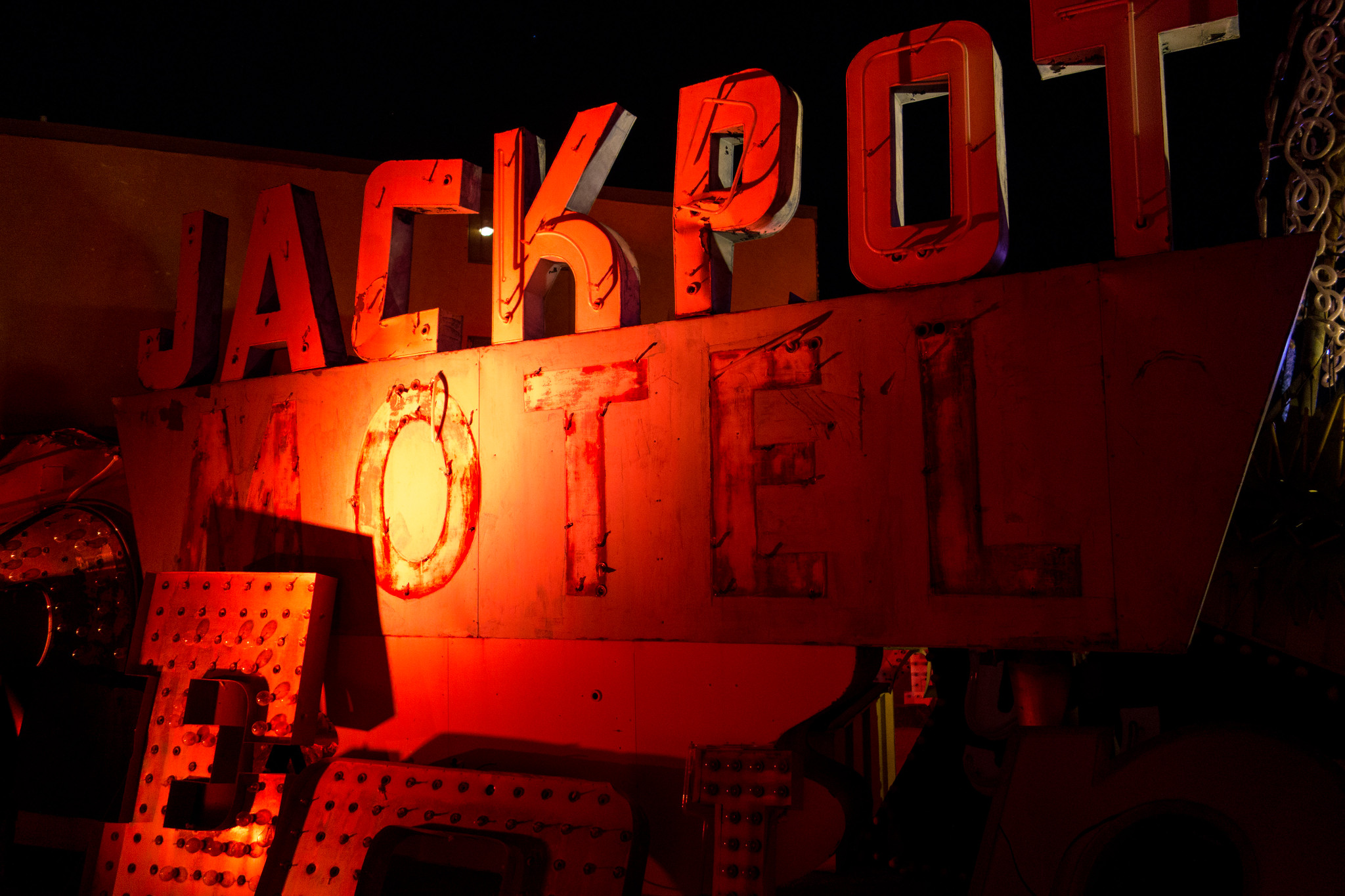
I actually found the gaming floors to be an altogether pretty unpleasant experience. It was certainly true that there was no natural light, and in general everything was just a bit tacky, the carpet included.
The queue for check-in was pretty long and it took about half an hour – something I found surprising since that’s valuable time when tourists can’t be gambling. But my room was fine. It felt like this casino had seen better days. It was situated at the far end of “the strip,” some distance from many of the other big casinos, and it had an aging feel about the place.
Beyond the decor, there was a mall that was basically empty of both visitors and stores, and reminded me of The Trocadero in London in that it has never quite lived up to expectations. The food outlets looked decidedly unappetising and the hotel’s big star entertainment seemed to be someone who’d won a US TV talent show.
Its trump card, however, was the observation tower and the fact that you could get thrown around in fun-fair style amusements off the top of the tower.

I avoided all such things, and mostly used my free access to the top to take photos of the rest of the city.
Later I wandered around the various casinos, and was left completely non-plussed. They were all the same, and all equally as depressing. It also felt that like a studio-set, it looks better in pictures than in reality. Close up, you can see through the shiny veneer and realise that it’s just painted tat.
I grant you that if the right entertainer is playing Vegas, then there’s probably a reason to visit them, but otherwise, you’re just being fleeced of money in the middle of the desert.
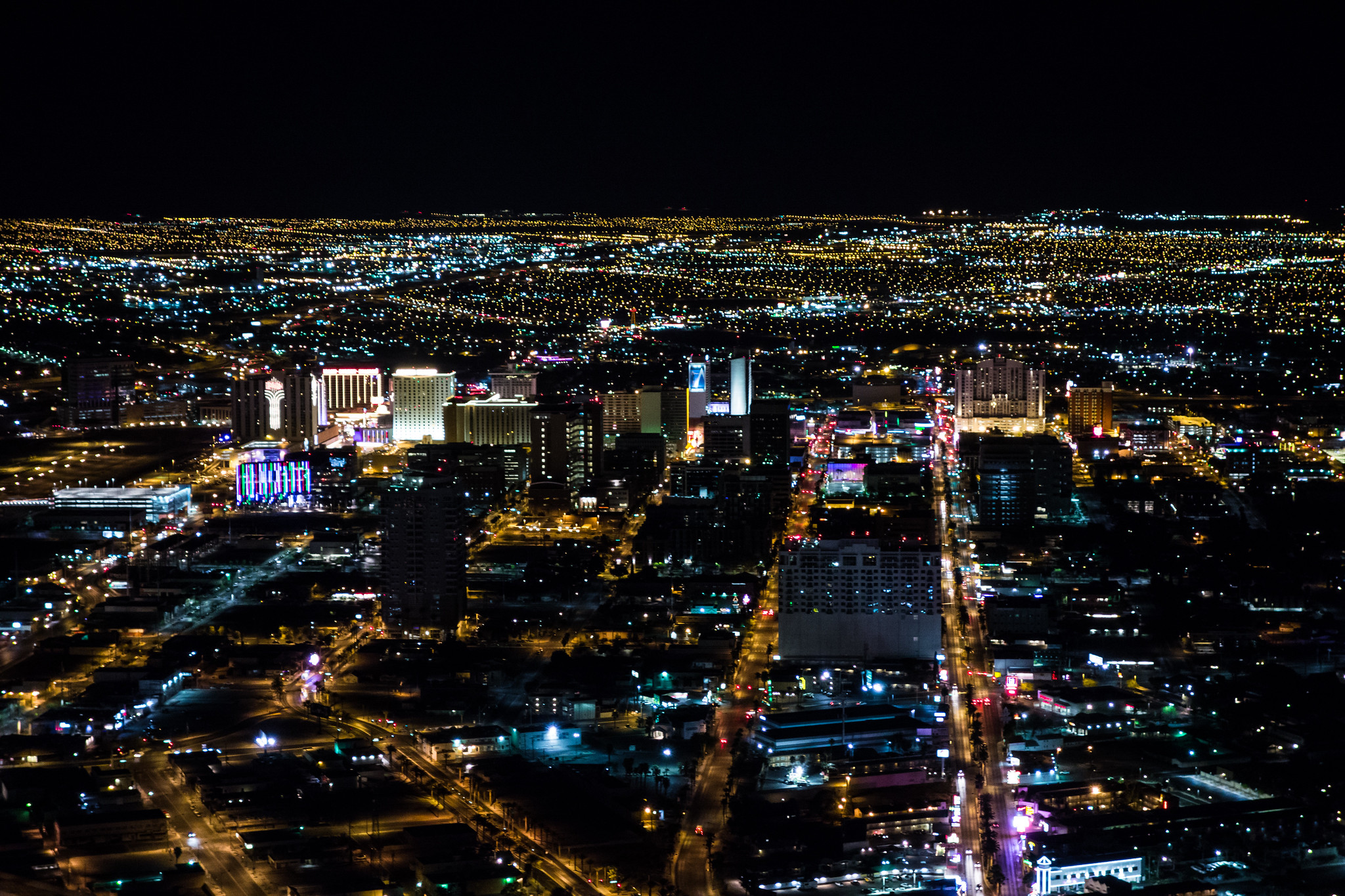
Did I mention that outside it’s really hot? I happily bought a bottle of water from a kid selling them at a dollar a pop. By mid-afternoon I was already looking forward to getting out of Vegas the next day.
That evening, I met my friends and we went out to The Neon Museum where we’d booked onto a tour. This is a bit hidden away but is really rather lovely. Las Vegas has a history of remodelling itself every few years, demolishing the casino that was already there and building the next one. As such, the illuminations – in the past neon, now more likely to LED – get thrown out. This venture aims to keep them and retain a little history of the place.
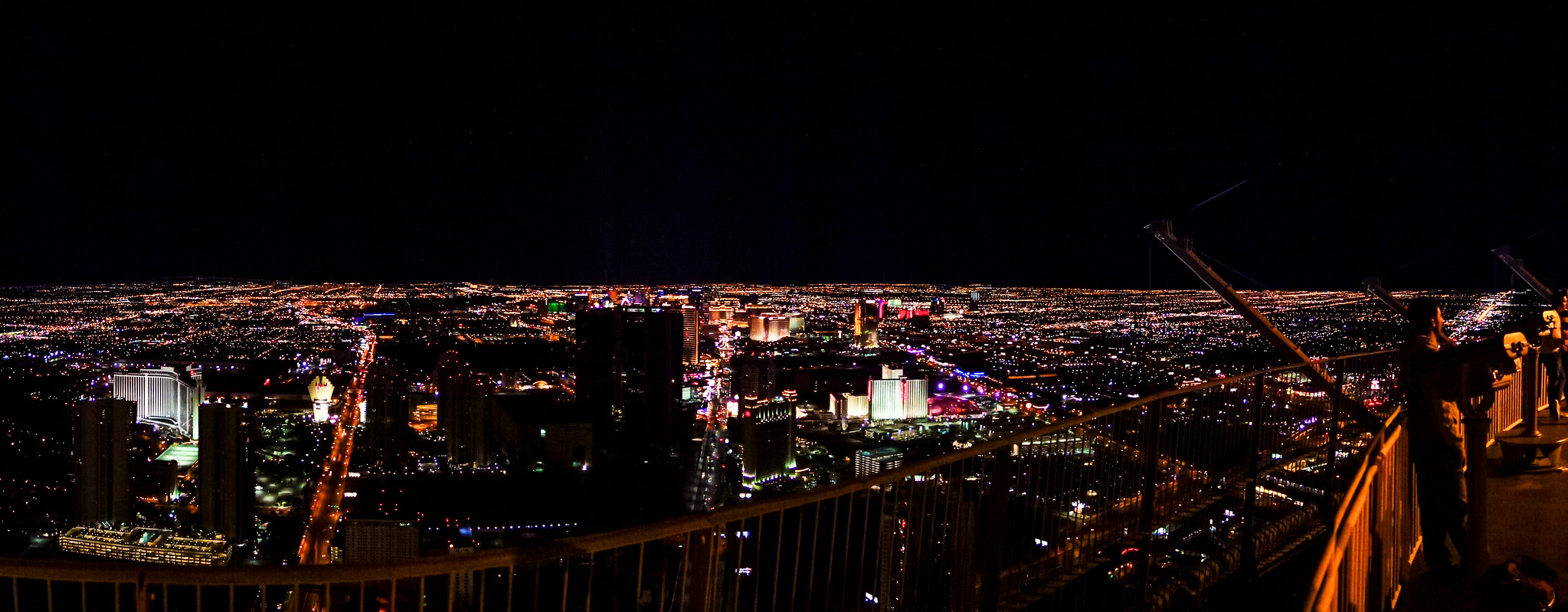
In truth, few of the neon lights are actually neon any longer. It’s not safe, and LED has replaced them. But the exhibits are no less spectacular for not being quite as they originally were. You need to visit this museum at night when it looks most impressive. And although it feels like it’s crushed into a small area, they’ve still done an excellent job. It’s a shame that Vegas doesn’t make more it. But then every minute you spend here, you’re not putting coins in slot machines, so…
[justified_image_grid preset=4 lightbox=photoswipe mobile_lightbox=photoswipe flickr_user=32306155@N00 flickr_photoset=72157664290318471]Back to Part Four